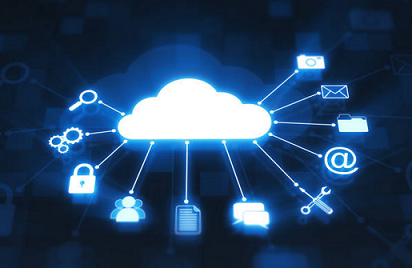On-Premise vs SaaS Evaluation – Actual Costs & Elements Involved

When it comes to selecting whether to implement new software in the company, there are broadly two main options:
- On Premise (in house data centre)
- SaaS (Software as a Service)
What Businesses Consider at a Basic Level?
Businesses will typically compare the cost of the hardware, the costs of permanent licenses and the cost of maintaining the solutions; in case of on-premise solution.
And in case of SaaS solution, the cost will be calculated as the periodic fees associated with the subscription or use of that software. That is, others factors are not taken into consideration in case of SaaS solution.
However there is a understanding that over a period of 2-3 years, the On Premise solution is a cheaper option than SaaS. However this is not always true as it does not take into account all the costs, both visible and hidden.
Therefore, in order to compare the costs in a true sense, businesses should compare the Total Cost of Ownership (TCO) over a defined period of the software’s life, which can be 5 years or more.
Actual costs involved in On Premise vs SaaS Software
The selection process of any infrastructure for a company requires a great deal of time and effort.
Software Selection: This process includes the selection of a software solution or application, solution provider and hardware model, as well as the database and operating system. But with SaaS, businesses can leave their worries on the OS or database, as they get the software/application that works for their business, readily available on the cloud.
Maintenance: In case of on-premise solution, businesses should consider the cost of maintaining the hardware and software as quoted by the vendor, as well as the cost of other possible underlying software that may need to be pre-installed for the applications.
For example, it is always required to buy a new software or update an existing software to manage backups, to avoid crashing of systems, buy and maintain multiple servers to make copies of systems, content, etc. The cost of small updates and patches, including installation and testing.
In case of SaaS, all these updates are taken care by the provider. Of course, the subscription plan includes these charges. In SaaS products, there is practically no or a very minimal cost in technical implementation, testing, or installation. This saves businesses between 20% and 30% in the implementation costs.
Operation and Administration: The costs of operating and administering the systems, which include everything from testing, making or planning backups and restorations, upgrading or configuring disk or storage systems, updating firmware, system copies, configuring a cluster, etc. In case of SaaS, all these operation and administration tasks are largely taken care by the provider.
Version Upgrade: The cost of version upgrades also comes with on-premise solution. And these upgrades can be monthly or several times a year. Major version upgrades carry additional costs. In addition to this, installation and testing of adhoc “patches” to solve specific technical or functional problems of the software, requires additional costs.
But SaaS providers rely on best practices, user-friendly applications and advanced customization technologies, which eliminate the high cost of classic customization of most On Premise solutions.
Integration: On-premise solutions are technically more challenging to integrate with web servers or other online applications. This is generally more expensive than with SaaS platforms, which are served through the internet and use web services and other types of integration technologies which are cloud ready.
Training: The training costs for on premise solutions are almost always higher than for SaaS technologies. Therefore, in general, if company’s employees understand the SaaS process once, the application use becomes very easy, and for the same reason training costs are lower.
Scaling: While in SaaS, cloud companies guarantee the service levels and are therefore prepared to scale immediately. But this can be a great cost in a on-premise solution.
Security: There are security costs associated with on-premise solutions. Because businesses have to implement in their data center, while these costs are not present with SaaS applications. What’s more, the large public cloud providers guarantee disaster recovery, something that is tremendously costly and that many companies don’t even consider. But remember that, your data/content in case of SaaS is typically in the hands of cloud vendor.
In short, the cost of software includes many more elements than just licenses or payment. When comparing and choosing, businesses should do it in a seriously, keeping long term business outlook of the company and taking into account all the features and not just the cost.
Author Bio:
Hi, I am Nikesh Mehta owner and writer of this site.
 I’m an analytics professional and also love writing on finance and related industry. I’ve done online course in Financial Markets and Investment Strategy from Indian School of Business.
I’m an analytics professional and also love writing on finance and related industry. I’ve done online course in Financial Markets and Investment Strategy from Indian School of Business.
I can be reached at nikeshmehta@allonmoney.com. You may also visit my LinkedIn profile.



